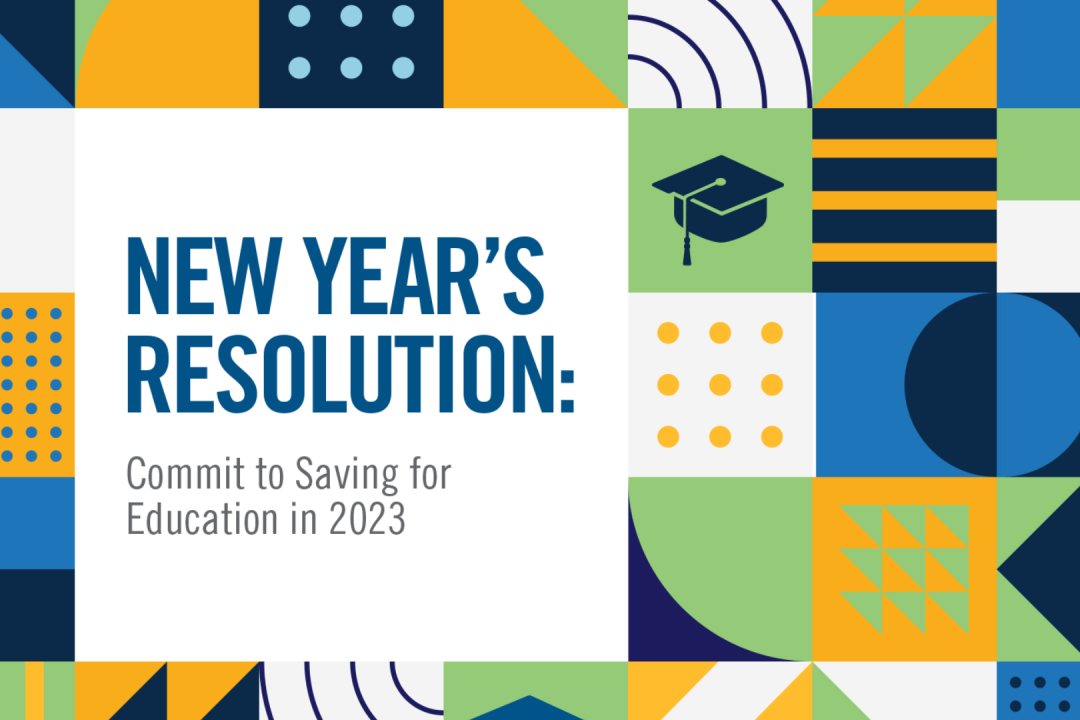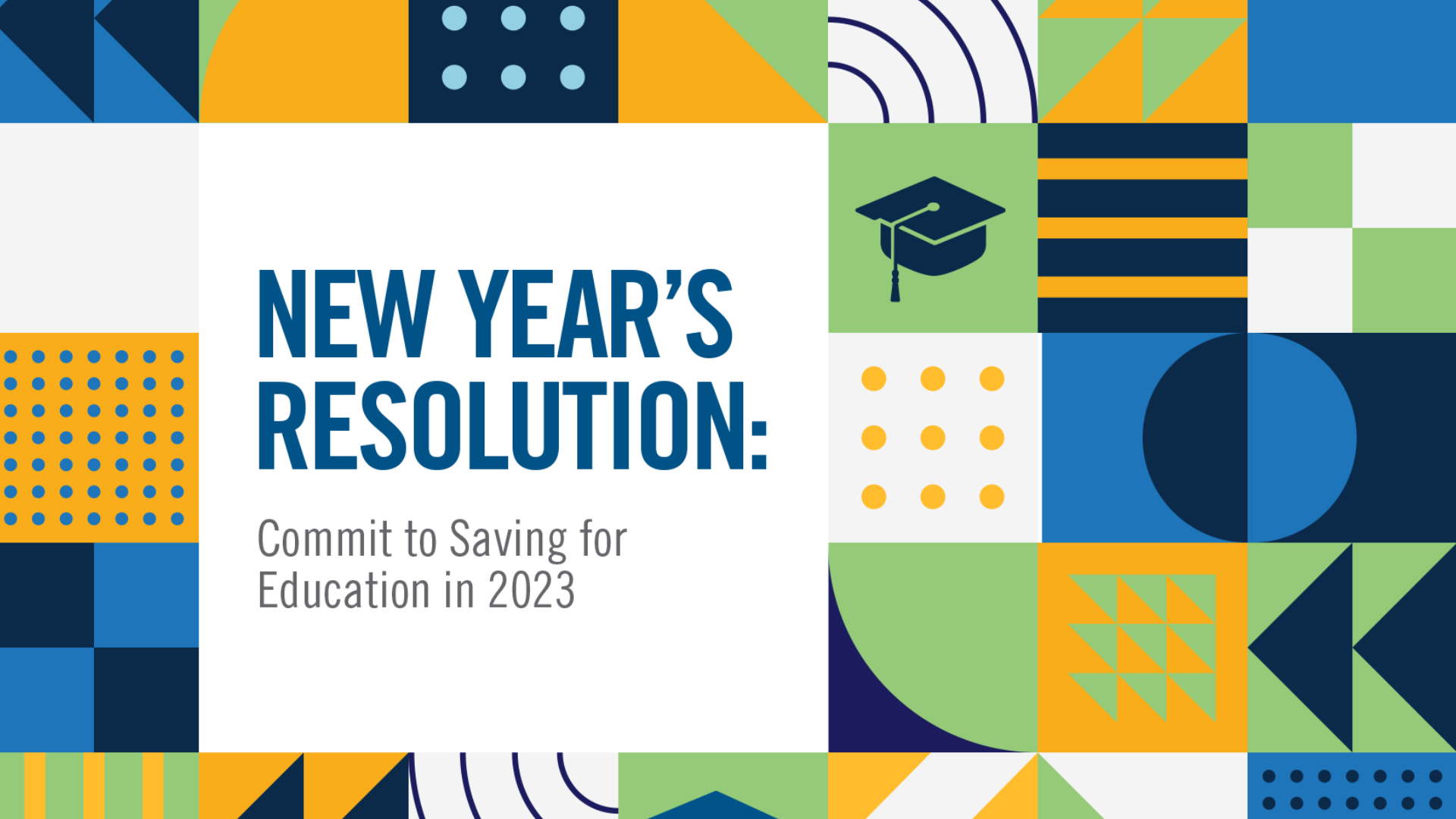New Year’s Resolution: Commit to Saving for Education in 2026

New Year’s Resolution: Commit to Saving for Education in 2026
- min read
As you step into 2026, it’s the perfect time to make a New Year’s resolution that delivers lasting impact: investing in a loved one’s future education through a 529 plan. One of the most achievable goals you can set is regularly contributing to your child’s 529 education savings account with The Education Plan®. A 529 account not only covers many college expenses, but also provides tax advantages and can help combat the rising cost of education. It's a practical, useful and very doable resolution. Here are just a few reasons to commit to saving in 2026.
Tax Advantages
By contributing to a 529 education savings account, you will not only help your child better afford college, but also experience tax advantages for yourself. You pay no federal taxes on earnings or withdrawals, as long as the 529 funds are used for qualified education expenses. And, contributions are compounded, meaning that any earnings are reinvested in the savings account, and have the opportunity to grow over time. If you are a New Mexico resident, you may also claim an annual state income tax deduction for all contributions to the account if the funds are used to pay for qualified expenses. Traditional savings accounts do not provide these tax advantages.
Flexibility
Contributing to a 529 account for your children is not limited to a one-time resolution, but it’s an investment that has the potential to keep on growing. You may open an account for your children at any age, whether they are 2 or 20, at any time, with any amount (as long as your contribution does not go over the lifetime maximum of $500,000 per beneficiary).
Comprehensive Coverage
The funds from a 529 education savings account can be used for qualified education expenses. Qualified education expenses include tuition, room and board, textbooks, lab fees, computers, internet, and software, if they are used for academic purposes. Funds may be used at most four- or two-year colleges, vocational schools, professional schools, community colleges and graduate schools nationwide. And the funds can be used for K-12 tuition and expenses, apprenticeship expenses, credentialing fees, and more. One caveat: if you spend the funds on non-qualified expenses, such as transportation or cell phones, your withdrawals are subject to tax and a 10% penalty on earnings.
Ease of Use
One of the easiest ways to contribute to a 529 education savings account is by setting up automatic payments from your bank account an Automatic Investment Plan. When you receive a raise or other salary incentive, consider increasing your automatic contributions to celebrate these accomplishments. With this relatively simple action, you can grow your child’s investment steadily over time. Lump sums from refunds, rebates, bonuses, gifts, or rollovers are also good investment sources. In fact, others may be similarly motivated to support your children’s academic aspirations through a gift contribution to your 529 account. The Education Plan makes it easy through Ugift, which provides a unique code that you can share with friends and relatives. Downloadable and printable gift certificates are also available.
The Smart Choice
Contributing to a 529 education savings account can be a priority all year. Setting a commitment to contribute every month at the start of the year is a great way to make sure it continues to happen. With the kickoff of a new year, be sure to make a lasting commitment to your children’s future education and help them graduate with less debt.
This information is for general educational purposes and should not be considered financial advice or tax advice. We recommend consulting with a tax professional or financial advisor for personalized guidance.

Recent Articles


A College Savings
Award Program
The deadline to apply for the Saving for Success Award is December 21, 2022.
APPLY NOW







